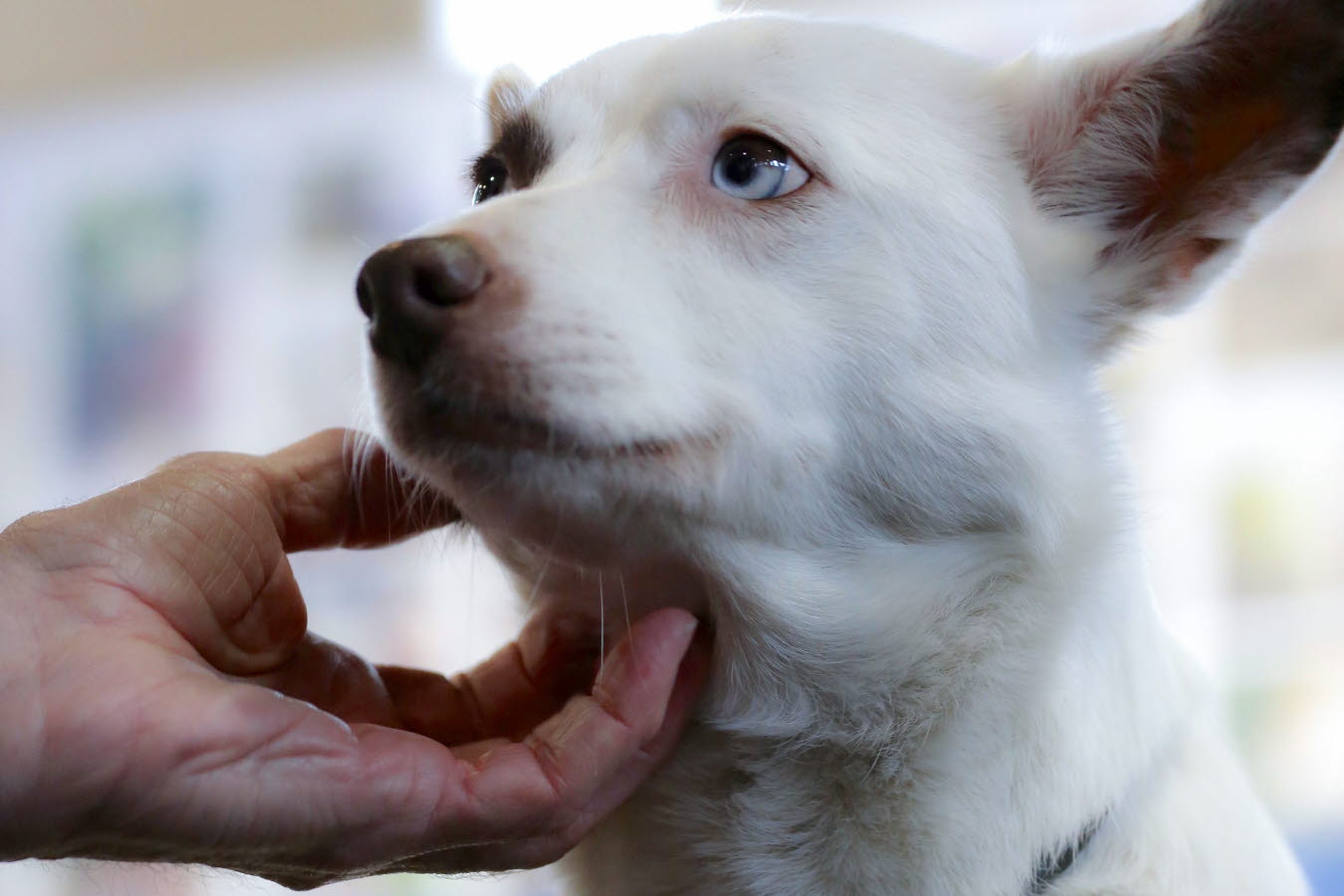
The ACT has now passed new laws that recognise animals not as property but as sentient beings. Ongoing debate continues to question whether animals feel and perceive the world around them; though the science has long attested this with little doubt. These new laws signify a meaningful step towards animals being acknowledged as intrinsically sentient beings that indeed feel and perceive the world around them, whilst experiencing a range of different emotions. This builds upon current animal protection laws to not only safeguard their physical wellbeing but their emotional wellbeing.
Why is this so important? Animal behaviour and welfare science has been working diligently to understand animal emotions, personality, behaviour and their ability to feel pain. What is clear is that animals will undergo states of fear, discomfort and pain despite the law’s acknowledgement of their capacity to do so or not. This directly impacts upon welfare. It is difficult to mitigate these scenarios, particularly in the context of slaughter, live export, sport, entertainment and companion animals, however, with new laws in place, it presents a common starting point from which a standard can be upheld and enforced.
Though other countries such as the EU, New Zealand and Canada incorporate animal sentience in their animal rights’ legislation, this will mark an Australian first. It will obligate the government to consider an animal’s feelings and furthermore how those feelings may implicate that animal’s welfare. It acknowledges that an animal may be physically sound but suffering psychologically. The revised Act will impose penalties upon those failing to uphold the standard duty of care to ensure good animal welfare.
Kennel facilities and pet shop owners will be required to obtain a license to operate. This intends to put forward an appropriate and legal mechanism of sourcing pets with aims to address ‘puppy farming’ whilst implementing a high standard of welfare for pets sold through the commercial pet shop framework. Walking more than three dogs at a given time will no longer be permissible; this aims to reduce dog attacks, maintain public safety and uphold welfare. Boarding facilities will require licenses and registration with prescribed conditions in place where applicable. They will need to comply with a Code of Practice, which will ensure the welfare of animals in high-risk environments where there have been cases of animal abuse or known compromise to an animals’ safety.
With regards to assistance dogs, the new legislation requires both dogs and respective handlers to be certified and they must acquire accreditation. This will see equal rights of access for those with disabilities and ensure welfare standards of assistance dogs, both during training and whilst working. Anyone who denies access to an accredited person and their registered assistance dog may face a $4,000 fine. Falsifying possession of an assistance dog could incur a similar penalty.
The new protective legislation will impose substantial fines on pet owners who mistreat pets. A new offence category will be introduced which addresses pet owners who fail to meet a standard duty of care. Warnings and fines will be issued to pet owners in instances such as failure to leave out water for a dog, confinement of a dog for over 24-hours, or in the occurrence of physical abuse or kicking of an animal. The highest penalties will apply to those involved in violent activities involving animals such as dog fighting, cockfighting, hunting and baiting. Existing jail terms for serious aggravated cruelty offences will increase. These laws extend to wildlife; reporting the injury of a mammal within two hours will be implemented as well as the provision of specified authorities to intervene in cases where an animal is seen to have been neglected or be at risk of harm. For example, if an animal is seen to have been left in a hot car, an authorized person will be able to legally break into that car to seize the animal.
This somewhat slight shift is an important one for it represents a departure away from categorising animals as mere property of humans, but instead honours animals as emotional perceptive beings with whom we relate and are connected to.
Sources
- https://theconversation.com/in-anaustralian-first-the-act-may-legally-recogniseanimals-feelings-111079
- https://www.canberratimes.com.au/story/6124428/do-let-the-dogs-out-huge-fines-for-pet-confinement-part-of-act-animal-welfare-overhaul/
- https://s3.ap-southeast-2.amazonaws.com/hdp.au.prod.app.act-yoursay.files/5915/4458/4000/What_are_the_amendments_going_to_do_for_Your_Say_Document_Library_pdf_for_YourSay.pdf
This article appeared in the November 2019 issue of the Australian Veterinary Journal
